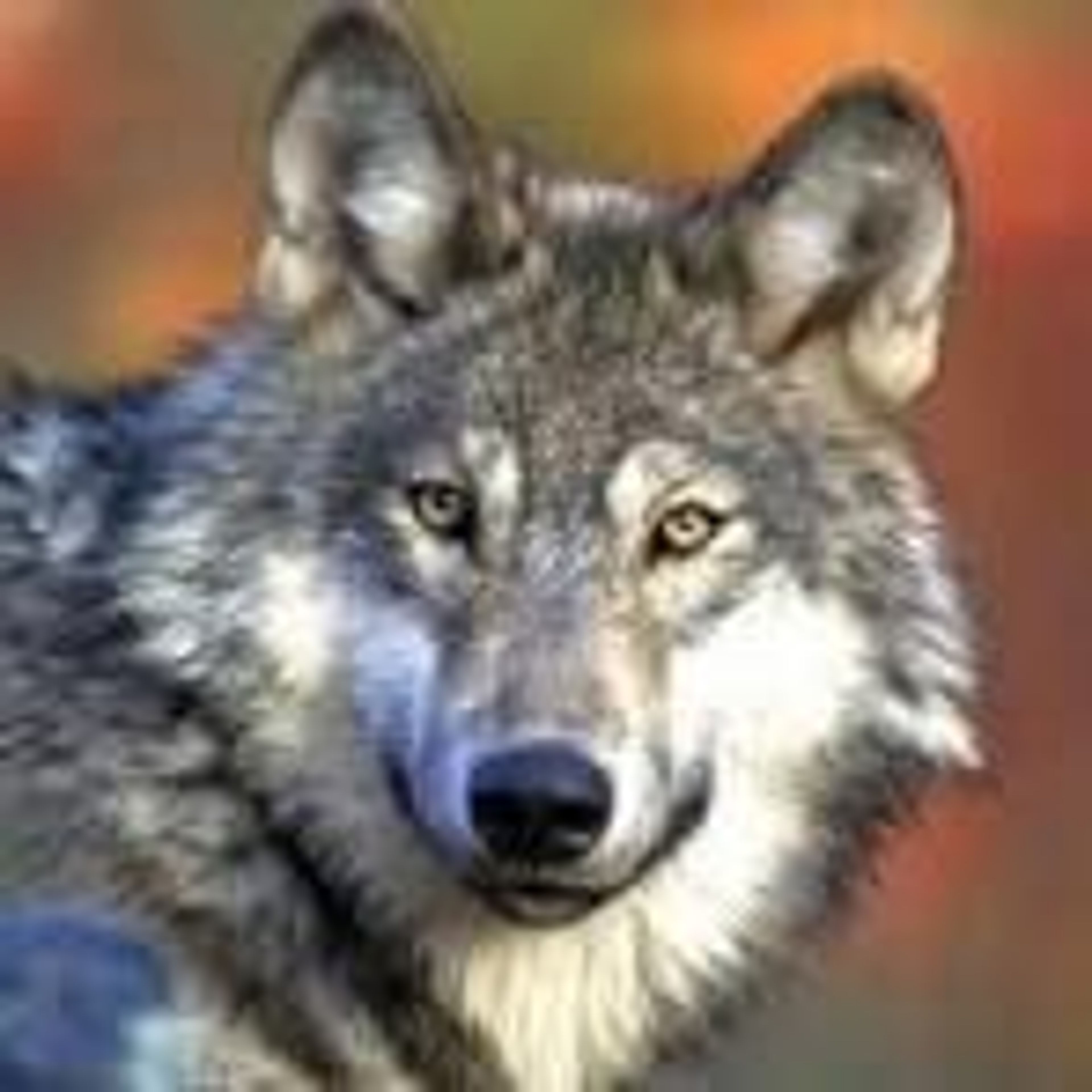Idaho wolf numbers trending down
State pioneers new, genetic-based population monitoring method
Idaho is on track to meet its wolf population goals within the next four or five years, according to the state’s fish and game department.
On Tuesday, the Idaho Department of Fish and Game announced its latest wolf population estimate and unveiled a new method for counting the controversial predators.
The department estimates the state had about 1,150 animals at about this time last summer. By about the end of October, the midpoint in the annual fluctuation of wolf abundance, the population likely numbered in the high 800s or low 900s.
The annual wolf population peaks in the summer after pups are born. From there it declines as animals die of natural causes or are taken by hunters and trappers. The low point in the cycle comes in the spring, just prior to the wolf denning season.
The state’s wolf management plan calls for the population to fluctuate around 500 animals at the midway point in the annual cycle, and for that goal to be achieved by about 2029.
“If we take a look at the trend, it would suggest we are right on path with what we outlined in the wolf management plan,” said Shane Roberts, chief of the agency’s wildlife bureau at Boise.
Idaho’s wolf population peaked at about 1,600 animals, following the removal of federal protections. Since that time, the state has increasingly liberalized hunting and trapping seasons and conducted nearly annual wolf control actions in the state’s Lolo Hunting Zone.
Wolves are also killed each year when they prey on livestock. The state wants to scale back the population to reduce conflicts with livestock and to reduce predation on struggling elk herds.
Wolves were once counted through an intensive and expensive operation in which managers attempted to place tracking collars on at least one member of each pack in the state. They would then conduct aerial surveys to get a minimum wolf population estimate.
But that became difficult and increasingly expensive as wolf numbers climbed. Starting in 2019, the state deployed a network of trail cameras and used computer models to estimate wolf numbers based on the number of times their imagers were captured by the cameras.
The population began to decline in 2022 when the population estimate was 1,337.
Roberts said the department realized that the camera method would become less reliable as the population declined. So it spent more than a year developing a new genetic-based method that relies largely on data collected from harvested wolves.
Because they have collected genetic data from hunter-killed wolves for years, the developers were able to “back cast” or use that collected data to estimate wolf populations of previous years. Roberts said those estimates track with the estimates produced by the camera methods even though they did not rely on the same data.
“Both methods are telling very similar stories about the state’s wolf population — that it’s likely trending toward fewer wolves,” he said.
The latest estimate of 1,350 would mark a year-over-year decline of about 14 percent. But Roberts said that is comparing the 2022 camera method to the 2023 genetic-based method. The genetic method produced a 2022 population of about 1,100 animals, slightly less than the 2023 estimate.
Going forward, Roberts said the state will use the genetic-based method and plans to submit a report on the method for peer review later this year.
Idaho Fish and Game Commissioner Don Ebert of Weippe said he trusts the new model and that its accuracy is critical to the agency’s ability to build trust with people who think the state is managing wolves too aggressively.
“We tell the wolf lovers that we are going to be prudent and responsible, so we need to be as accurate as we can,” he said.
Ebert made his remarks at a commission meeting last Wednesday where Roberts gave a presentation on the new method.
A video presentation of the new method by Roberts to the Idaho Fish and Game Commission is available at bit.ly/3Wjy10s. Roberts’ presentations begins four hours and 10 minutes into the recording.
Barker may be contacted at ebarker@lmtribune.com or at (208) 848-2273. Follow him on Twitter @ezebarker.








